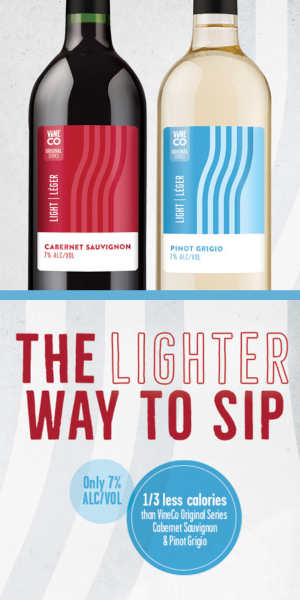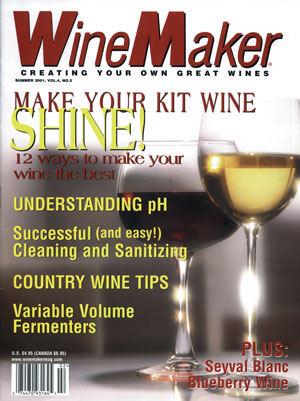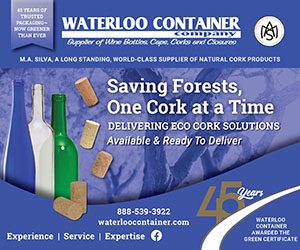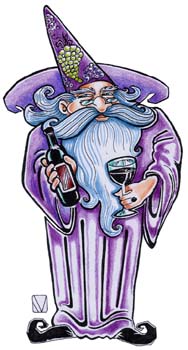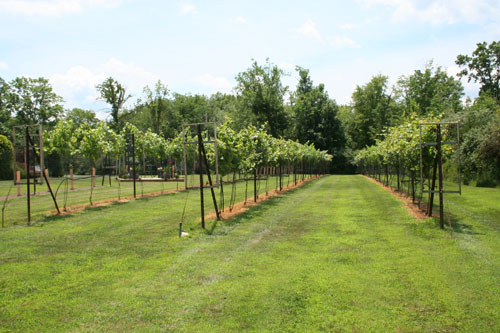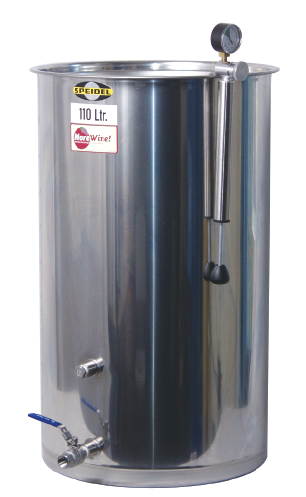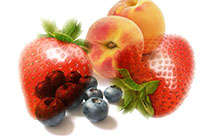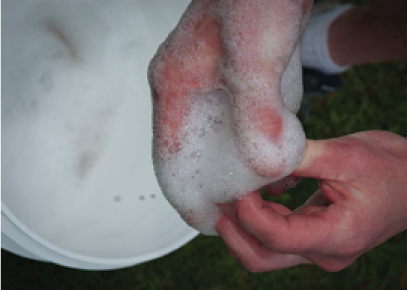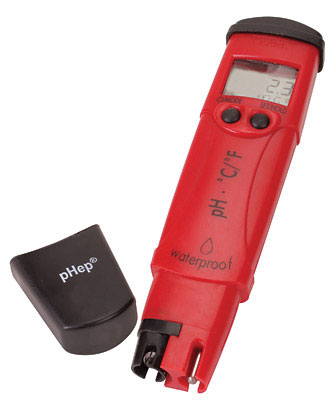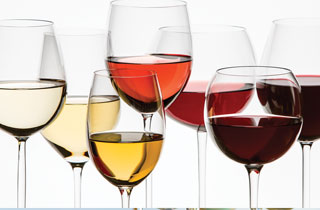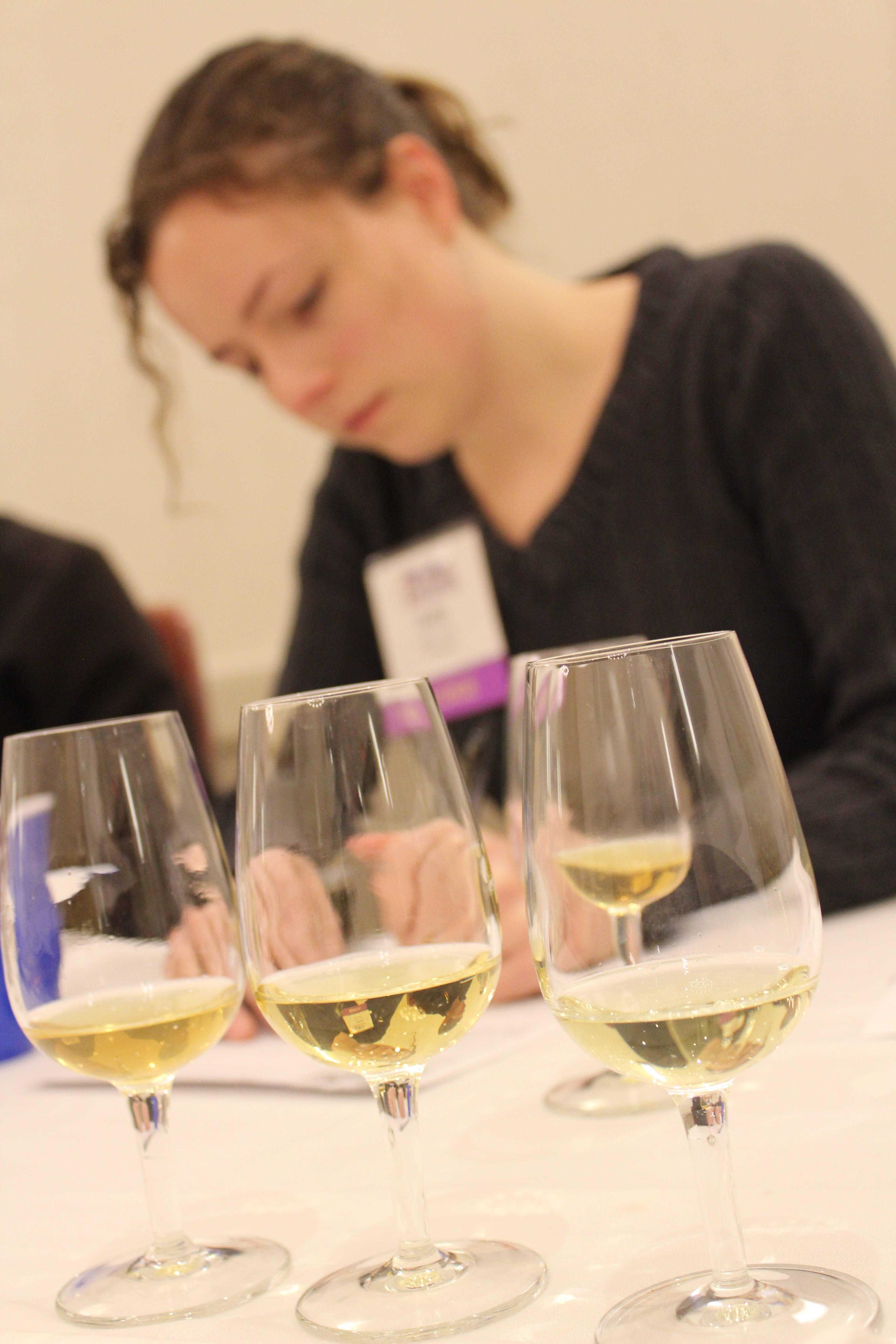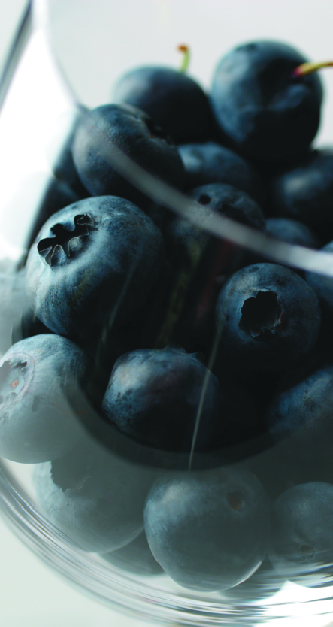Summer 2001
Cloudy Chardonnay & Lambrusco Grapes: Wine Wizard
QAfter I stabilized my wine, I added French medium toast oak beans to the Chardonnay 3/4 cup (new beans), Sauvignon Blanc 1/3 cup (new beans), Ruisseau Blanc 3/4 cup (used beans), and
Mid-Season Vineyard Tips
It’s easy to forget that it takes two full years to make good wine from your own grapes. The first year is spent in the vineyard tending the vines, spraying sulfur, removing
I want to drip a wax coating on the top of my bottles to add that special touch. Can you advise me on how to do this?
Dear Wine Wizard, I’m bottling some mead, and wanted to add that extra special touch to the finished product. I’ve seen some bottles with a wax coating on the top, the kind
Using Variable-Volume Fermenters
Variable-volume fermenters have a floating-lid that transforms these tanks into variable-capacity containers for fermentation as well as short- and long-term wine storage. Learn how to get the most of one in your home winery.
Seyval Blanc: Varietal Focus
The Seyval Blanc (Seyve-Villard 5276), a cold-climate white grape variety, is the leading choice for many winemakers who live in the chilly eastern and northern regions of North America. This hardy varietal
Making Country Wines: Tips from the Pros
Two pros who make fruit country wines give their tips for making these non-grape wines.
Keep it Clean
Cleaning and sanitizing is the boring, dull part of the process. Never mind that this is the most important part of winemaking. It is a lot like work, so let’s do it well and get back to having fun!
pHiguring out pH
Get an understanding of pH, why it’s important, how to measure pH, and how to correct it.
Make Your Kit Wine Shine
The first “wine kits” sold in North America were bricks of compressed grapes, shipped to eastern states from California during prohibition. Home winemaking was as illegal as any other alcohol producing activity
Best of Show
Why bother with wine competitions? It’s a fair question. Entering a competition means putting your wine up for evaluation against those of other winemakers, and that can be a bit daunting. Some
Three Cheers for the Red, White and Blueberry!
Americans love the taste of blueberries, and with good reason. Blueberries are uniquely American. Maybe that’s why I always think about blueberry wine when summer rolls around and I start planning Fourth
My wine tastes tart and I think there is too much acid. Any suggestions to correct this problem?
You all seem to have the same problem, so I thought I’d answer you all together. Acid adjustment, or better, achieving the right acid balance, is one of the arts of winemaking.
Should I add Campden tablets each time I rack my wine and how do I measure the level of sulfite in my wine?
Hold on there, tiger! If you’ve got a standard 0.44 gram Campden tablet and you’re putting it in one gallon (3.8 L) of wine, you’re blasting it with 66 mg/L sulfur dioxide,
Are the lumbrusca riparia grapes I’m growing the same kind of grapes used to make lambrusco wine?
Dear Wine Wizard, I’m new to wine making but I have made beer and mead for three years. What types of grapes and yeast are used to make lambrusco wine? Also the
I added oak beans to several different batches of wine at the same time. Only my Chardonnay turned milky and hazy while the other wines were clear. Do you have any idea what happened?
Dear Wine Wizard, After I stabilized my wine, I added French medium toast oak beans to the Chardonnay 3/4 cup (new beans), Sauvignon Blanc 1/3 cup (new beans), Ruisseau Blanc 3/4 cup
